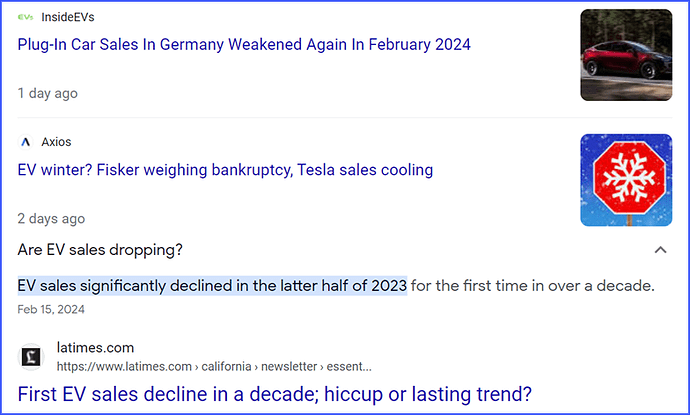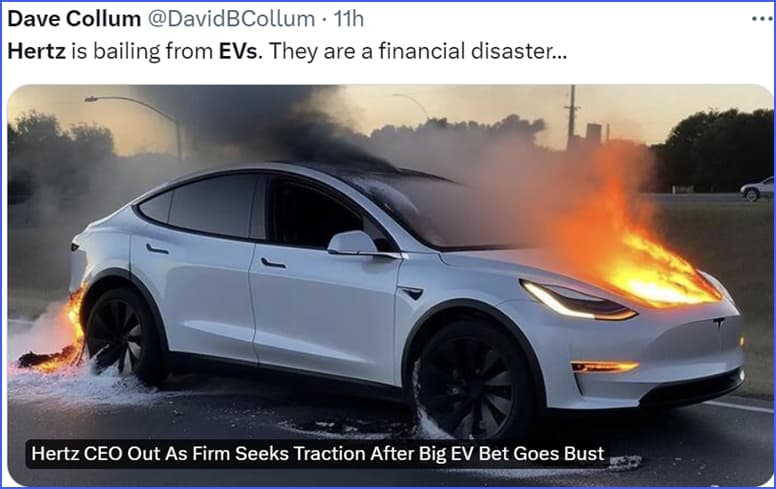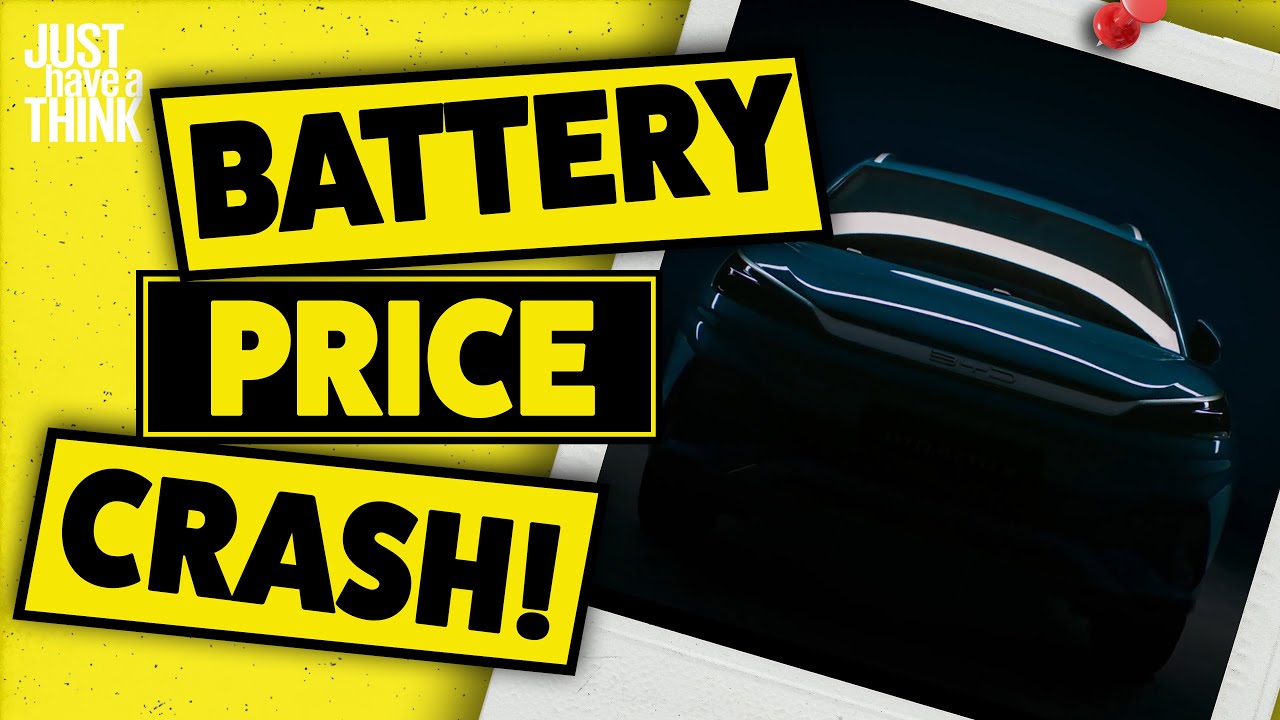No, specifically gold would be used to settle trade imbalances.
If country A sold oil to country B, and country B sold bananas back to country A, the difference in trade at the of the month would then be settled in gold.
If a country imports more than it sells the value of it’s currency will keep decreasing. Meaning it’s currency will buy less and less gold. At the same time products from that country will get cheaper. Cheaper products will boost trade and work to push up the value their currency.
This gold backed system should find an equilibrium between all the currencies. Gold is there to provide a frame of reference that can’t be cheated, and used to settle trade imbalances as needed.
A big difference with this system is gold becomes the reserve currency, and no country would be able to run a deficit for very long, unless they have some nice gold mines. The value of gold would need to float.
Gold mining is already in structural decline. Gold mining will be hit with a double whammy. Both the ore grades are declining and the price of deisel fuel is increasing. The barrels of deisel needed to produce an ounce of gold will rise significantly in the next two decades. Thus the total amount of gold in the world will approach some fixed number. Thus the system would be inflammatory over time.
At first gold would be under valued and those with gold in their pockets will make a killing. Eventually the value of gold should stablize. The price of gold should be what it costs to mine another ounce. That means deisel will rise to match. Illegal pan handling for gold will be big business. The legal mining of gold would be a bottleneck in supply.
There shouldn’t be a need for governments to confiscate gold as they can simplify buy it at market price. People will mostly hold gold if they see the price is going to rise. Thus, any significant price to value mismatch will resolve quickly as the value of gold in that currency will have find a price where people stop holding it. Some governments will probably have different rules on owning gold.
The beauty of a gold backed system is that the whole system will be able to find true equilibrium, true value. No more artificial imbalances. No more shenanigans.
There is the small problem of the current entire US financial system. It’s likely to implode and I fear the result would be the collapse of the United States. Possibly the states beeak up, civil war, famine, despriation, etc. I remember a report from DHS in 2012 that predicted if the financial system had collapsed in 2009 the result would have been an 80% die off. Everything seizes up if the financial system breaks down.



